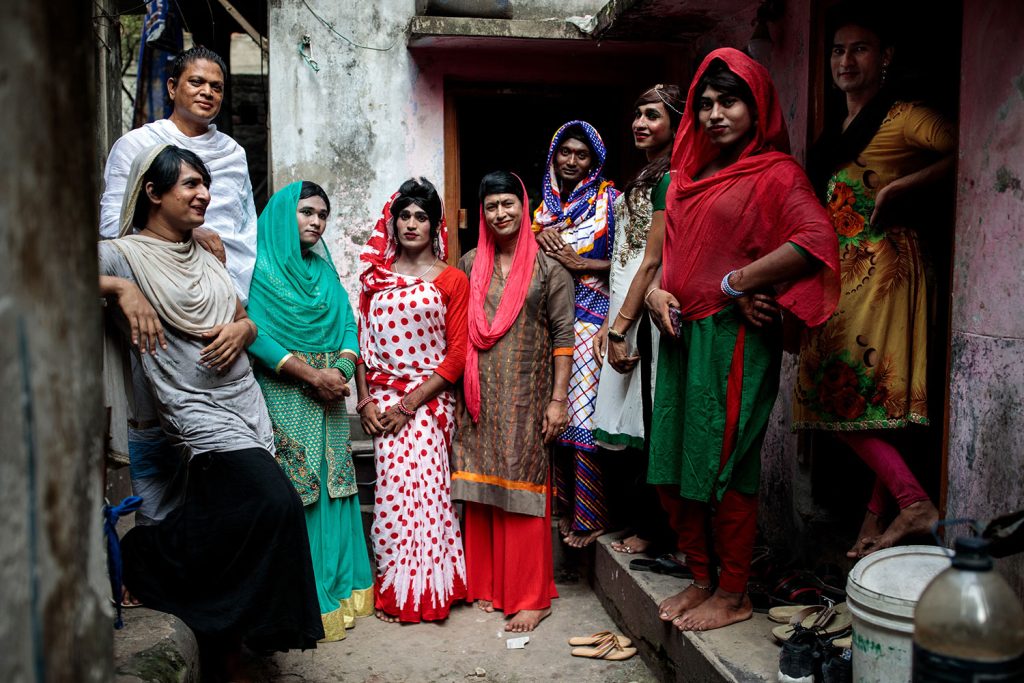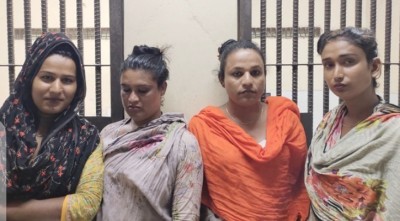Bangladesh: How are hijras and the LGBTQ+ community different?
Colin Stewart is a 45-year journalism veteran living in Southern…
The two sexual minority groups differ, but both are targets of discrimination

In Bangladesh, both the LGBTQ+ community and members of traditional “third-gender” hijra communities face discrimination from many on the wider population, especially conservative Muslims, but LGBTQ+ and hijra people are not the same.
The similarities and differences between the two groups are described below by Shahanur Islam, Bangladeshi human rights activist and founder president of the advocacy organization JusticeMakers Bangladesh in France:
The hijra and broader LGBTQ+ communities in Bangladesh, while distinct, share both similarities and areas of overlap, particularly in their experiences of marginalization and their advocacy for rights and recognition. Understanding their relationship involves appreciating the unique characteristics of each group and their common struggles.
Hijra Community
1. Cultural and Historical Identity
The hijra community is a culturally and historically recognized group in South Asia, including Bangladesh. Hijras are often considered a third gender, distinct from both men and women, with their identity rooted in ancient cultural and religious traditions. Their role includes performing blessings at significant events such as births and weddings.
2. Gender Identity
Hijras typically identify as neither fully male nor female. This identity is more about gender expression and social role than sexual orientation. Some hijras may be intersex, while others might be transgender women or gender non-conforming individuals.
3. Community Structure
The hijra community has a unique social structure organized around “gurus” (mentors) and “chelas” (disciples), providing mutual support and a sense of community. This hierarchical organization is integral to their social dynamics.

LGBTQ+ Community:
1. Broader Spectrum of Identities
The LGBTQ+ community encompasses a wide range of sexual orientations and gender identities, including lesbian, gay, bisexual, transgender, queer, and more. This community includes individuals who may identify as transgender, overlapping with some members of the hijra community, but also includes those with different gender identities and sexual orientations.
2. Focus on Sexual Orientation and Gender Identity
The LGBTQ+ community advocates for rights related to both sexual orientation and gender identity. This advocacy includes fighting for legal recognition, protection against discrimination, and broader social acceptance.
3. Social and Activist Networks
LGBTQ+ advocacy in Bangladesh is often organized through NGOs, activist groups, and online platforms, working to raise awareness and promote policy changes.
Overlap and Intersection:
1. Shared Experiences of Discrimination
Both communities face significant social stigma, discrimination, and violence. This shared experience fosters solidarity and collaboration in advocacy efforts for broader social justice and legal recognition.
2. Transgender Identity
There is a notable overlap in the transgender aspect of both communities. Some hijras identify as transgender, bridging their traditional identity with the broader transgender movement within the LGBTQ+ community.
3. Activism and Advocacy
LGBTQ+ movements in Bangladesh often include hijra rights within their broader advocacy agendas, pushing for anti-discrimination laws and gender recognition. Hijra activists may also collaborate with LGBTQ+ organizations to address shared issues.
Distinctions:
1. Cultural Identity vs. Modern LGBTQ+ Identity
Hijras have a distinct cultural and historical identity that is deeply embedded in South Asian traditions, whereas LGBTQ+ identities are often viewed through a more global human rights framework.
2. Community Organization
The hijra community’s traditional, hierarchical organization contrasts with the more diverse and fluid nature of LGBTQ+ activism, which is often driven by modern NGOs and grassroots movements.
Conclusion
While the hijra and LGBTQ+ communities in Bangladesh have distinct identities and cultural backgrounds, they intersect in their experiences of marginalization and their shared goals for justice and equality. Their relationship reflects both the uniqueness of their individual identities and their collective struggle for recognition and rights in a challenging social landscape.




